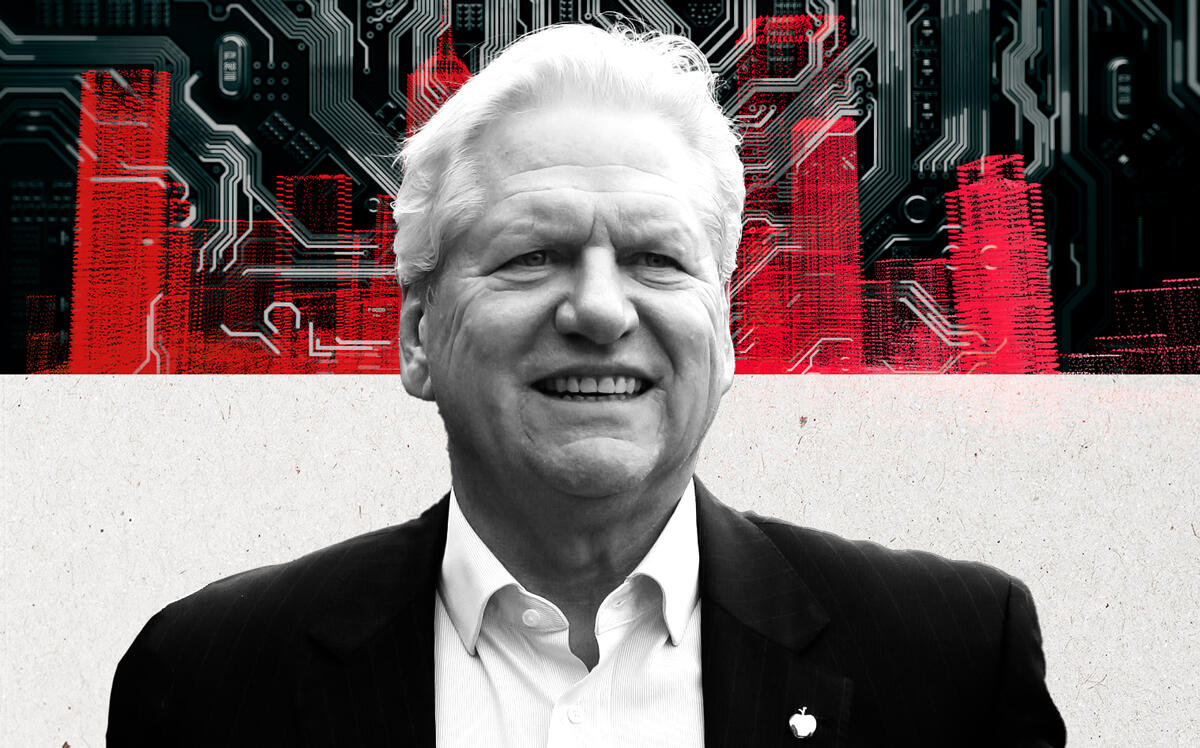If it’s true that data is the new oil, it’s “gooey” and “thick” in its natural state. Real estate owners need software to refine it and make it valuable.
That’s according to John Gilbert, Rudin Management’s former chief technology officer and chief operating officer, who stepped down last week after a three-decade tenure with the developer. Moving forward, Gilbert will focus on his role as executive chair of Prescriptive Data, the Rudin subsidiary he co-founded in 2015, and its core product, Nantum, a smart building operating system now deployed across tens of millions of square feet of commercial space.
The Real Deal caught up with Gilbert for an exit interview about his fondest Rudin project, the evolution of smart buildings, the future of proptech and his own next steps.
The notice of your departure from Rudin said you will continue to serve as a strategic advisor to the firm. What will that look like exactly?
I’ll continue to advise on all things technology- and sustainability-related. Obviously, with Local Law 97, the industry has a big job to do reducing the amount of energy we consume, and also sourcing renewable energy. That’s a lot more complicated than it sounds.
You worked on many groundbreaking projects over the last three decades. Which do you view as your greatest accomplishment?
It’s a good question. I would have to say the redevelopment of 32 Avenue of the Americas, which was the centerpiece of the world’s first global telephony network. Back in the day, you’d get your local operator on the phone and say, “I want to call my grandmother in Florida, connect me to a long distance operator.” A couple of rings later you’d be connected to an operator sitting at that building. In its heyday, 5,000 women worked there every shift.
We were only the second owner, after AT&T, when we bought it, and it was the only office building that the Rudins owned that they didn’t build. The city already had 60 Hudson Street, a huge telecom building, and we had 111 Eighth Avenue that was growing as a telecom building. We said, “How do we differentiate this telco building from all others?” We really focused on the fact that wireless technologies were about to explode. This was 1999, 2000. And we chopped the top of that building off — after we got approval, because it is a historic landmark — and we put two 140-foot radio towers on the roof. That building now has one of the most active rooftops in the world.
I understand there’s also a family connection to the building.
My grandfather was the designer of the first transatlantic telephone cable, which allowed London to talk to New York. It ultimately connected into that building. When that building was built in the 1920s, radios were on buoys — that was the way that we communicated to Europe via phone. It wasn’t until 1955 that the cable was laid.
The idea of the “smart building” has evolved a great deal over the years. Did you see all this coming earlier in your career?
Smart buildings have evolved immensely. When we took on 55 Broad Street — which many people today call the godfather of smart buildings — in 1995, the internet was just starting. A smart building then was bringing optical fiber to the desktop, and we were the first ones to do that. Today, smart buildings have a “digital conversation” with their invisible architecture: chillers, fans, pumps and motors, and with the people who actually occupy that building.
Nicholas Negroponte, the former head of MIT Media Lab, wrote a book in 1995 called “Being Digital,” in which he talks about smart building and what the future real estate would be. That was really what gave us the inspiration to do 55 Broad Street.
What are your near-term plans at Prescriptive Data? And how are you looking to distinguish the Nantum product?
We’re really in the middle of the whole carbon reduction conversation. We were the first to convert real-time energy demand into greenhouse gas, and we’ll continue that. Basically we want to shape Nantum into a tool that can help built environments of all shapes and sizes decrease their energy consumption and their carbon footprint.
The second question begs another: Why did we create this in the first place? Early on we saw a lot of good point solutions: for energy, for water, for occupancy. But they weren’t integrated into a single platform. When ConEd asked us to be the commercial office petri dish for the Smart Grid Demonstration Program in 2009, we saw what was needed. What ConEd wanted to do was to give us external data feeds, but they weren’t going to give us a lot of time to actualize those feeds. What we needed was a single, integrated platform — a true operating system for the built environment — and no one had created that. There isn’t anyone out there right now that has as vibrant and as deep a platform as Prescriptive Data.
Are there other proptech niches — building materials, new construction methods — that you consider exciting, or vital to achieving sustainability goals?
If the movie “The Graduate” was made today, Mr. Robinson would have said “carbon” instead of “plastics” to young Dustin Hoffman. Carbon accounting, carbon tech, embedded carbon — all of those are hugely important and exciting today.
The other piece that’s relevant and under-appreciated by the industry is the so-called “innovation band.” Two years ago, the FCC gifted 150 megahertz of wireless spectrum to property owners throughout the U.S. It said to them, “This is yours to use for free.” Essentially, it allows property owners to embrace the ether between the walls of their buildings, and to enhance and accelerate the use of 5G and private LTE technologies. Covid overshadowed it, but that’s truly exciting and I think it’s about to explode. It’s a huge opportunity.
Read more


